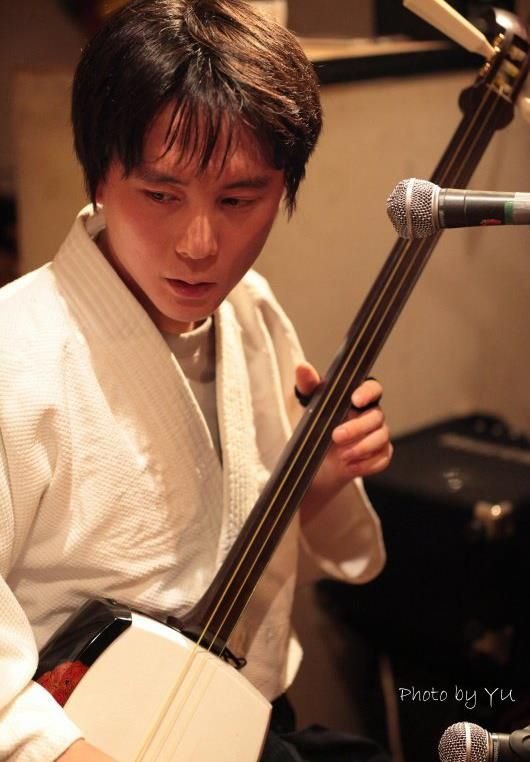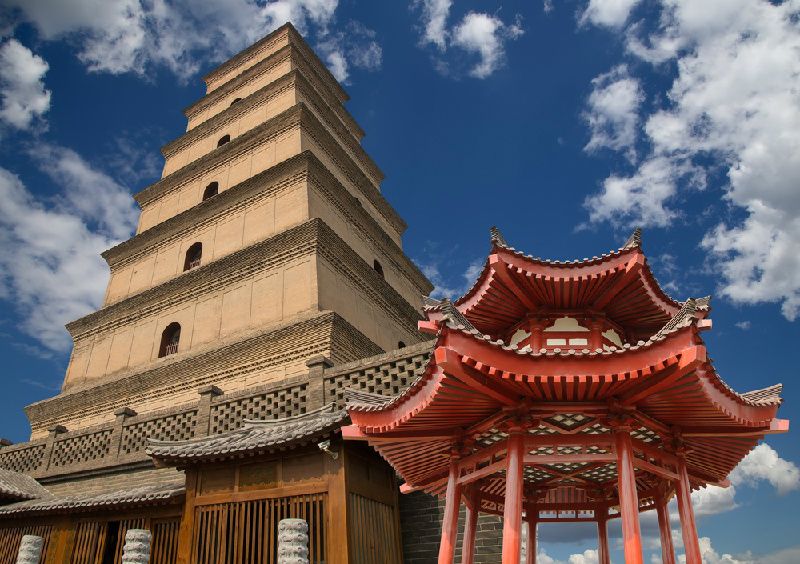Okinawan Sanshin Music Lesson
Address
14-28 Yochōmachi, Tokyo
GPS
35.6962861, 139.7160422
Okinawan Sanshin Music Lesson. With this music-focused trip to Tokyo, you’ll discover a fresh aspect of Japanese culture. Learn about the Tsugaru shamisen and the Okinawa Sanshin, two classic Japanese instruments. Listen to the professor, a skilled musician, give a live performance.
Highlights
- Learn about traditional Japanese instruments in this free online course.
- Take a lesson with a professional musician and put your newfound knowledge to use.
- During the lecturer’s performance, listen to the instruments.
- Find out how instruments like the Tsugaru shamisen are manufactured by reading up on the process of instrument manufacture.
Tsugaru shamisen, Koto, and Okinawa Sanshin are the three types of Japanese lutes you can learn to play. You have the option of picking more than one. The sound of the Tsugaru shamisen is reminiscent of Tohoku’s recent blizzard. To begin playing the koto, you only need a few simple skills.
Japanese people still enjoy the Okinawa Sanshin and it’s also employed in J-POP. You can also try touching the instrument you’re holding to see what happens. We invite you to stop by and see what instruments you might like. The trainer will demonstrate his skills in person.
It’s a once-in-a-lifetime chance to hear a professor with numerous accolades, including winning a gold medal at a competition or touring internationally, perform. Please enjoy the soothing sounds of traditional Japanese instruments, which have a distinct sound and rhythm. Now that we’ve all had a chance to soak up the lecturer’s incredible performance, we can begin our actual practice sessions.
There are numerous kinds of music from which to choose, such as Japanese music that has been around for a long time.

About Sanshin
Every house in Okinawa is said to have at least one Sanshin in it. As long as the Okinawans have walked, the Sanshin has followed them. It can bring a smile to the faces of Okinawans at times. Other times, it’s about helping them get over their grief.
Ryukyu Buyo (Okinawan Traditional Dance) and Okinawan folk songs both feature the Sanshin, but it’s also a major part of contemporary Okinawan rock and pop music. Shima Uta, the song made famous by the Sanshin instrument, has become a global sensation as a result of this.
When it was first used, it was for court music. However, it gradually evolved into festival music, and now it is frequently heard in the homes of local residents.
In the Sanshin, the word “sanshin” (meaning three lines) refers to the three strings.
Unlike the guitar, it has no frets and is typically played with the right hand pressing on the strings with the left hand.
Snakeskin typically covers the body of a standard Sanshin. The sound of the Sanshin is affected by the quality of the snakeskin used. There is a wide variety of Sanshin, including those made of synthetic snakeskin, textiles, and even wood.
There are some “Kankara Sanshin” that is less expensive than the standard ones, and they’re a big hit as souvenirs.
Electric Sanshins are becoming increasingly popular these days. Those might be worth a look while you’re there. Folk song bars are a good place to go if you want to hear more Sanshin while you’re in town. A highlight of the Sanshin show is undoubtedly the accompanying music and choreography. This night in Okinawa will be unforgettable if you participate in the Kacha-shi (improvised Okinawan dance) at the end.






